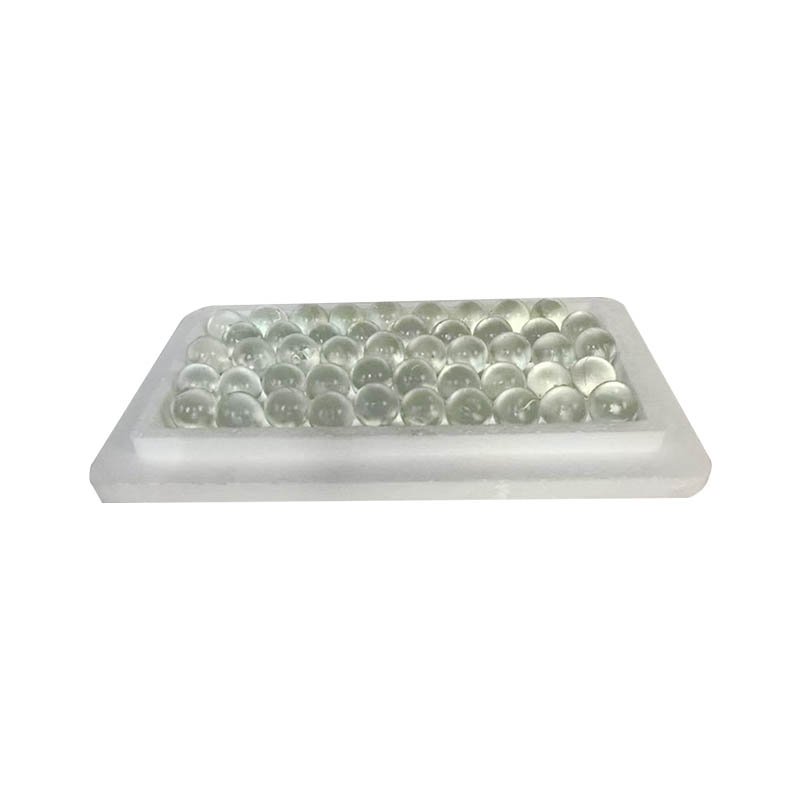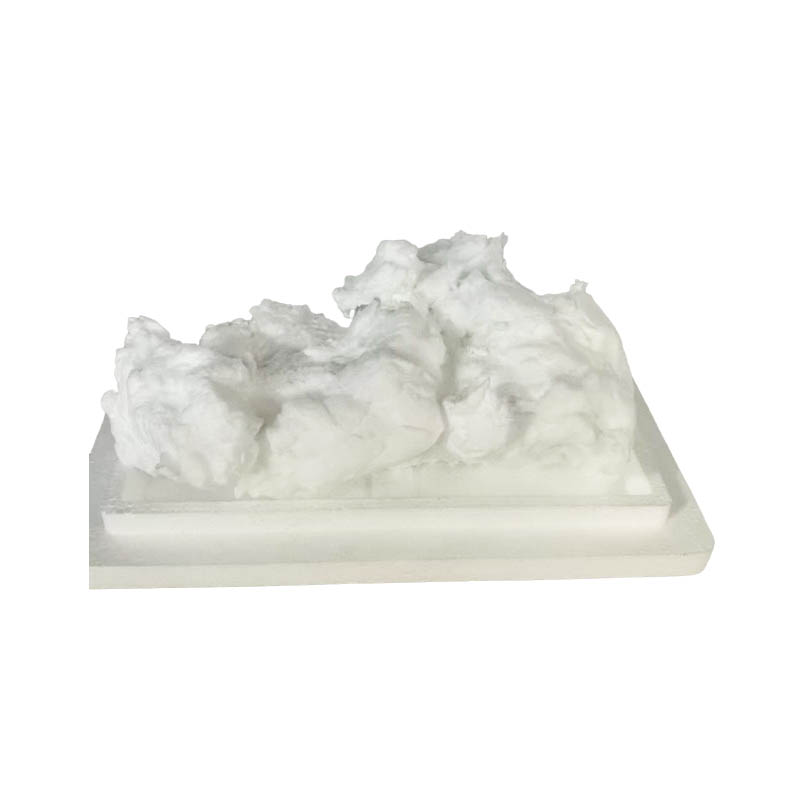How does glass microfiber, with its slender form, construct an invisible barrier for highly efficient air filtration?
Release Time : 2025-11-20
In today's world, where air quality is increasingly important, from cleanrooms to home ventilation systems, from automotive air conditioning to industrial dust removal equipment, high-efficiency air filtration has become a crucial link in ensuring health, improving energy efficiency, and maintaining process purity. In this invisible "air purification battle," glass microfiber—an ultra-fine inorganic fiber produced through high-temperature melting and high-speed centrifugation—is becoming the core framework of high-end filter paper due to its unique physical structure and chemical stability. It silently intercepts dust, pollen, bacteria, and industrial particles at the micron and even submicron scale, safeguarding the cleanliness of every breath.
The core advantage of glass microfiber stems first from its extremely fine and randomly interwoven three-dimensional network structure. The fiber diameter is much smaller than a human hair, naturally forming numerous tiny pores and tortuous channels during the web-forming process. When airflow passes through the filter paper, particles are firmly captured within the fiber network through mechanisms such as inertial collision, interception, diffusion, or electrostatic adsorption, while clean air passes smoothly. This "maze-like" filtration path achieves a balance between high dust holding capacity and low resistance without relying on heavy materials, allowing the filter paper to maintain good air permeability during long-term use and reducing fan energy consumption.
The inorganic properties of the material itself give it excellent environmental adaptability. Glass microfiber is heat-resistant, non-flammable, and mildew-resistant, and will not expand, rot, or degrade in humid, oil mist, or chemical vapor environments. This makes it particularly suitable for harsh conditions, such as engine intake air filtration, paint shop exhaust, or high-temperature flue gas pretreatment. At the same time, its chemical inertness ensures that no harmful volatile substances are released, meeting the stringent purity requirements of the medical, food, and semiconductor industries.
Precise control of the production process further ensures product consistency. The raw materials are carefully selected high-purity quartz sand and mineral additives, melted in an electric furnace, then spun into fibers by a high-speed rotating centrifugal disc, and further refined by flame blowing, ultimately forming uniform, flexible, and moderately strong microfiber cotton. The entire process is completed in a closed system, preventing impurities from entering. It can then be compounded with plant fibers, synthetic fibers, or functional additives (such as electrets) to customize filter paper with different efficiency levels and application scenarios. This end-to-end control, from furnace to roll, ensures the stable and reliable performance of each batch of filter material.
Applications cover diverse purification needs. In hospital operating rooms, it intercepts airborne microorganisms, ensuring a sterile environment; in data centers, it prevents dust accumulation that could cause server overheating; in the ventilation systems of new energy vehicle battery packs, it filters external particles to protect the battery cells; in home air purifiers, it silently safeguards the respiratory health of children and the elderly. Though invisible, it is an indispensable cornerstone of modern air quality.
Sustainability is also integrated into the material's lifecycle. Glass microfiber itself is recyclable, and some manufacturers have developed low-energy melting processes and waste fiber recycling technologies; the filter paper does not easily decompose to produce harmful substances after disposal, and incineration poses no risk of dioxins. With the increasing standards of green manufacturing, the application of adhesive-free or bio-based binders is becoming more widespread, further reducing the environmental footprint.
Ultimately, the value of glass microfiber lies not only in "capturing particles," but also in its inorganic nature, delicate shape, and stable properties, which weave an invisible yet resilient protective net within airflow. When a laboratory maintains a cleanliness level of millions, when a city provides fresh indoor air even on smoggy days, these micron-sized fibers are silently performing their function. In today's world where healthy living and green industry go hand in hand, high-performance glass microfiber is continuously defining new heights in air filtration materials with its triple commitment to efficiency, reliability, and sustainability—ensuring every breath is safe and worry-free.






